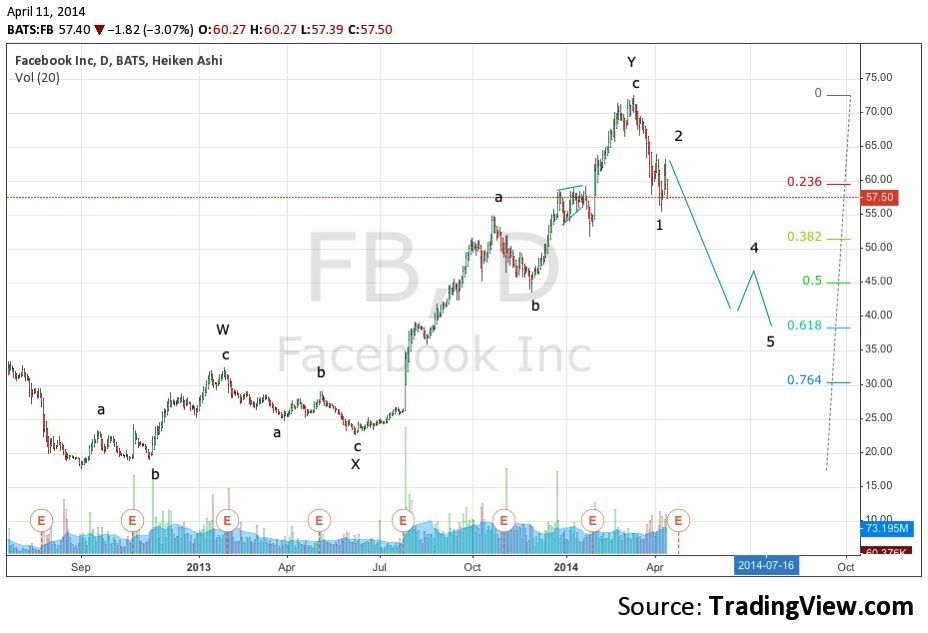Following a week of tumultuous global trade, Asia-Pacific markets were mixed on Monday. Given the uncertainty surrounding U.S. President Donald Trump’s tariff plans and their influence on the superpower’s growth and inflation, U.S. equities have been on a roller coaster since the beginning of the month. On Monday, they are projected to open lower. Ahead of this Wednesday’s implementation of 25% U.S. tariffs on steel and aluminum imports, investors were paying close attention to the stocks of steel producers. With a 0.24% increase in bumpy trading, Japan’s benchmark Nikkei 225 led gains in Asia. In contrast, the larger Topix index experienced a 0.26% decline, reversing its previous upward trajectory. In January, the nation’s cash profits increased 2.8% year over year, which was less than the revised 4.4% increase in December.

The small-cap Kosdaq rose 0.53%, while South Korea’s Kospi added 0.47%. Australia’s S&P/ASX 200 closed at a six-month high in the previous session and increased by 0.24% in the final hour. The CSI 300 in mainland China fell 0.83%, while the Hang Seng Index in Hong Kong fell 2.11%. Due to deflationary pressures and seasonal distortions, China’s consumer inflation fell below zero over the weekend for the first time in 13 months. According to data from the National Bureau of Statistics, the consumer price index fell 0.7% in February compared to the same month last year after increasing by 0.5%.
Following Ottawa’s imposition of import taxes on Chinese-made electric vehicles and steel and aluminum items last Saturday, the Asian behemoth also imposed retaliatory levies on a few Canadian agricultural products. Beijing announced that a 25% tax will be applied on Canadian-sourced pork and aquatic products, while a 100% tariff would be applied to Canadian rapeseed oil, oil cakes, and peas. In India, the benchmark Nifty 50 started the day up 0.32%, while the BSE Sensex increased by 0.43%. Following an erratic trading day, the three main U.S. averages ended the day higher on Friday. Even though the S&P 500 made some progress on Friday, investors were uneasy due to the barrage of trade policy initiatives, and the index recorded its worst week in several months. At 5,770.20, the broad index increased by 0.55%, and the Nasdaq Composite increased by 0.7% to 18,196.22. The Dow Jones Industrial Average ended at 42,801.72, up 222.64 points, or 0.52%.

